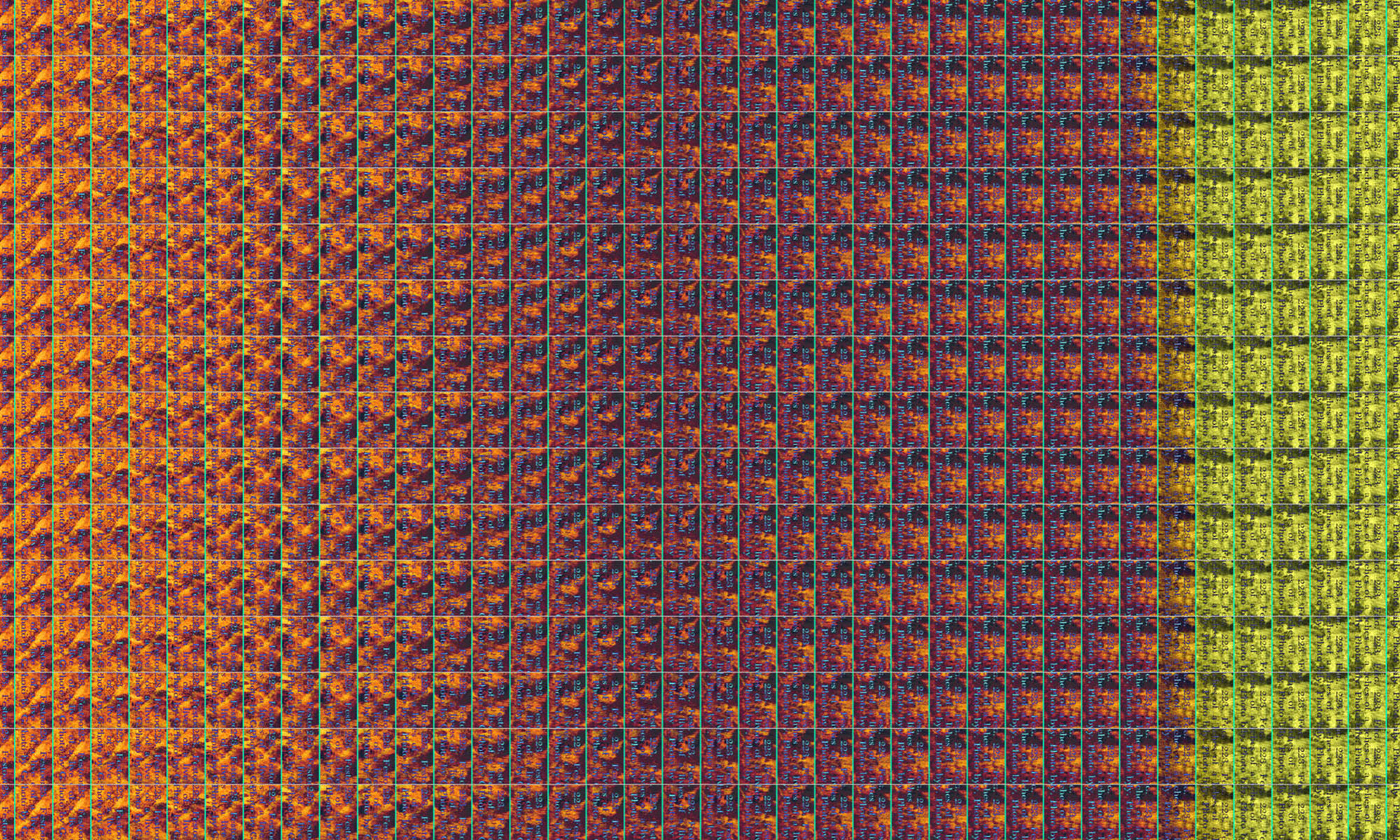The temptation is to jump right into animating, but it really helps to have a storyboard to work from. It will allow someone to work out ideas on paper and solve technical problems before committing to the work of animating. Storyboarding can be a lot of fun to do. I like sketching out storyboards for scenes I’ll never actually shoot. Storyboards can be used for a lot of things outside of animation, such as design problem solving, user experience mapping and so on.
A key question to ask is how a storyboard is different than a graphic novel. The difference is that a storyboard is an intermediate step to a finished movie. Graphic novels are an end result, and they use page layout as a part of the story. Panels are bigger and smaller, irregular sizes to help tell the story. Storyboards tend to use uniform frames.
An animator does’t need elaborate materials to create a storyboard. Sheets of paper will work. I use 3×3 post-it notes. This has the advantage in that I can remove frames and move things around.
Storyboards are an outline for the story. A strategy I use is to start with a few panels, and get the big ideas out of the way. Then, I can fill in with additional panels that build out the story. This way, I solve the big problems up front. For those starting animating, getting these main points down will help with the other little challenges.
I tell my students that not being able to draw well is not an obstacle to creating a storyboard. Stick figures or loose sketches will do. It’s more important to capture the action, framing and scenes.
I have a 5 minute video that illustrates how to create a storyboard.
